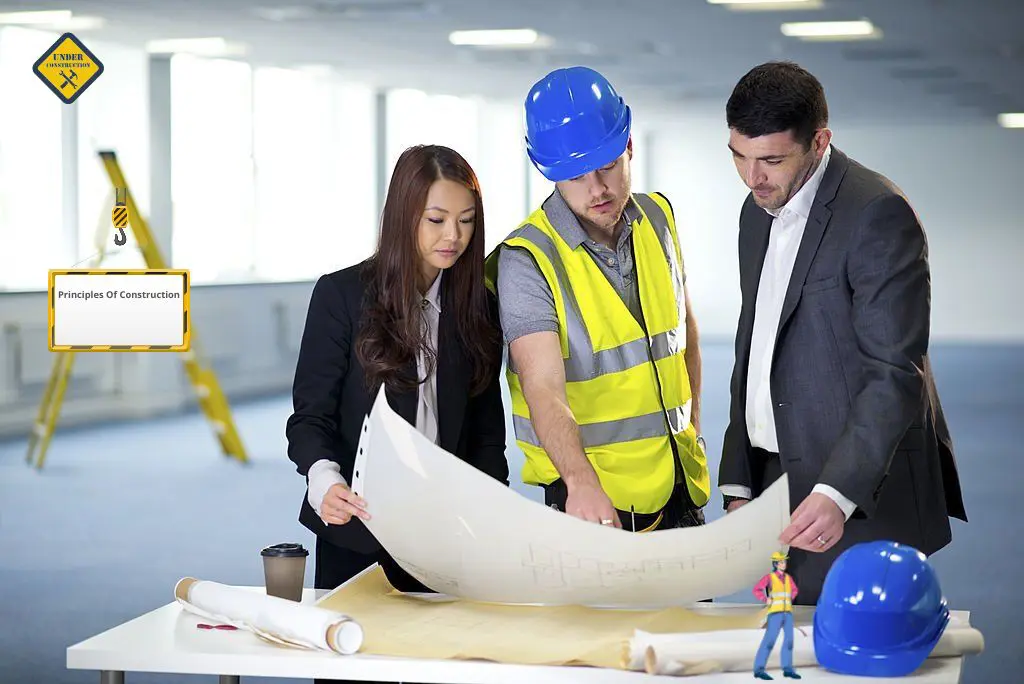After living through a pandemic, we know the importance of building construction in people’s lives and the harmony of spaces. We have more and more information about its real environmental impact. Many construction companies have been working on it and involved experts in developing the principles that can work in every situation.
However, they have not worked a lot to move towards construction procedures that contribute to improving the environment and creating an environmentally-friendly environment for the residents. It is therefore essential to adopt more environmentally friendly construction and decoration techniques.
Many experts have been working on such principles that will change the whole concept of construction in the coming years. Now, they are at that particular point where they have developed a summary guide with the seven basic principles to be considered to achieve healthier buildings. We will discuss these principles briefly here. So, let us explore it all!
1: Thermal Comfort
The temperature of a building and its effective thermal insulation makes it possible to avoid heat and cold losses and, therefore, improve or make a building more comfortable, making it not only healthier but also more sustainable. This principle has been a part of construction for decades, but it was not as preferred as it is today. Now, construction companies are more focused on constructing a building, whether a residential house, multi-story building, sports complex, or any other infrastructure; they love making it thermally comfortable.
2: Humidity below 60 %.
To achieve the so-called “hydrothermal comfort”, humidity must be between 40 % and 60 %, and there must be no drafts. The most effective solutions to regulate these characteristics are using efficient air conditioning systems, thermal insulation, plaster or plasterboard, a good choice of window frames or the use of temperature and relative humidity control systems and devices.
3:Acoustic comfort and better noise control
Acoustics is one of the most important factors to consider when building more healthily and one of the main pillars of the future of construction. The consequences of poor acoustic conditioning can affect the health and well-being of all tenants. Sleep disturbance, disturbance of rest, communication difficulties, distracting attention or headaches are some of the most frequently mentioned impacts.
4: Excellent indoor air quality
Pollen, dust mites, odors, smoke or pollution are just some of the substances that permeate the indoor air of any space daily. Since we spend so much of our time indoors (an estimated 20 hours a day), ensuring indoor air quality is optimal for health is vital.
The best way to deal with this problem is to use filtration and purification systems to eliminate possible contaminants, opt for controlled mechanical ventilation systems that help renew the indoor air and always resort to the use of plants, especially the most purifying ones. In addition, there are silicate plasters and intelligent paints that can provide reliable protection against harmful substances in addition to their aesthetic purpose.
5: A healthy building should have plenty of natural light.
Sunlight is the regulator of metabolic systems and is now known to reduce eye fatigue and irritability. It is one of the conditions most valued by users when assessing the comfort and well-being of a home. To take advantage of natural light in a space:
- Opt for light colors and paints on walls, ceilings, furniture and textile complements.
- Choose tall, large windows with the right orientation (south), roof, or skylights.
- Use translucent curtains
- Opt for furniture with glass and wall mirrors in strategic areas that reflect sunlight.
6: The importance of colors and materials
If you are thinking of painting a room or giving a touch of color to a wall, remember that the choice of color and the type of paint to use are essential to achieve the desired results. It is known that environments dominated by warm tones, beige, soft green or white are more serene, while the more cheerful and lively tones awaken more positivity and joy.
The choice of fabrics and materials is also important for the well-being of those who inhabit the space. Opt for more organic and washable materials such as linen, cotton and wood to achieve a healthier and cleaner interior environment.
Colors have been very important in humans’ lives for years. However, we have also learnt about using colors according to our requirements, behavior, situation, and mood. So, we must incorporate colors in our constructions to make them sustainable for us.
7: Order and practicality
Having a clean, tidy place, with proper distribution, with pleasant tones or with comfortable and functional furniture is crucial to achieving great well-being in people physically, emotionally and psychologically.
Final Words
We have mentioned some technical principles here to help construction companies and those who plan to construct their own house remember that sustainable construction can be the most suitable option in this situation where our environment is in danger. We expect these principles to become a permanent part of every construction company’s mission and vision. Only this way can we contribute as an industry to improving the environment.

